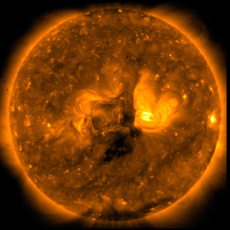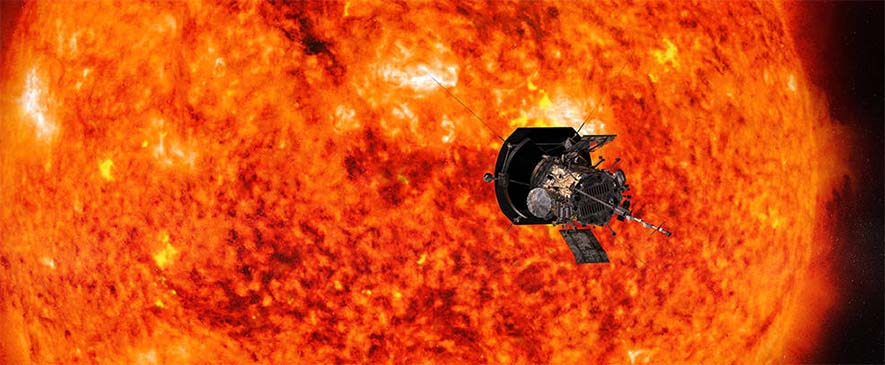

This allows forecasters at SWPC to issue the appropriate watches, warnings, and alerts for geomagnetic storms. Choose from a comprehensive menu of routine and specialty lab testing services. The early warning given when SUVI observes a solar eruption comes at least 15 hours before the associated CME arrives at Earth.

The impacts begin only 8 minutes (time for light to travel from the Sun to Earth) after a flare. These high-energy photons cause changes to the Earth’s ionosphere and can result in significant degradation of radio communications, including complete black outs at some frequencies. Observations of solar EUV emission aids in the early detection of solar flares, coronal mass ejections (CMEs), and other phenomena that impact the geospace environment.ĮUV photons travel at the speed of light and are the first indication we receive at Earth of solar magnetic eruptions and associated flares. To investigate the mystery of the sun's corona, Ishikawa's team analyzed X-ray data of solar activity taken by the Focusing Optics X-ray Solar Imager (FOXSI-2) sounding rocket. At the end of the 1960s, the first X-ray spectra with the wavelength shorter than 10 angstrom were. EUV photons are created in the million-degree plasma of the corona and are not visible from the ground, due to the absorption of the Earth’s atmosphere. In 1963, the first X-ray image of the Sun was obtained. Only very hot gases can emit X-rays, and the corona, at millions of degrees, is hot enough to emit X-rays, while the much cooler surface of the Sun is not. This telescope allows forecasters to monitor the Sun’s hot outer atmosphere, or corona. The X-rays we detect from the Sun do not come from the Sun's surface, but from the What Is the Sun's Corona NASA Space Place NASA Science for Kids, which is the upper layer of the Sun's atmosphere. the Suns facing side by inference from recent Common-class X-ray activity. We'll have to stay tuned to see if they had the definitive answer.The GOES 16 and 17 spacecraft each carry a sophisticated extreme ultraviolet (EUV) telescope called the Solar Ultraviolet Imager (SUVI). Latest space weather forecasts, including solar activity, flares and storms.

In 2013, a pair of astronomers (Hahn and Savin) published findings in The Astrophysical Journal that suggest the magnetic waves could be the answer. Until recently, researchers have not been able to show which of these methods could deposit enough energy to produce the X-ray emission we see. The sun is an unmistakable and unmissable feature in the sky over Earth.
#Sun corona x rays crack
A second way is through waves that originate below the Sun's surface bubbling up and delivering magnetic energy to the corona. New X-ray observations of the sun could help crack the mystery of the stars inexplicably hot outer atmosphere, the corona. One way is heating due to coronal loops reconnecting and snapping. There are a couple ways the corona could be heated through magnetic interactions. A long-duration campaign to image the Sun’s middle coronaa region about 1. This is significant, because solar flares emit X-rays. Since the Sun's hot gases are controlled by these fields, the X-ray images reflect this global change, with an overall decrease in brightness by a factor of 100. To test the theory, the researchers looked at X-ray emissions from the corona and found some that were very energetic. (Credit: NASA) Cold plasma floating in the Sun's corona.Īs the solar activity cycle progresses from maximum to minimum, the Sun's magnetic field changes from a complex structure to a simpler configuration with fewer fields. Why is the Suns corona so much hotter than the Suns surface (more unsolved problems in astronomy) The temperature of the photosphere is approximately 6,000 K, whereas the temperature of the corona reaches 1,000,0002,000,000 K. Image of coronal loops taken by NASA's TRACE satellite.


 0 kommentar(er)
0 kommentar(er)
